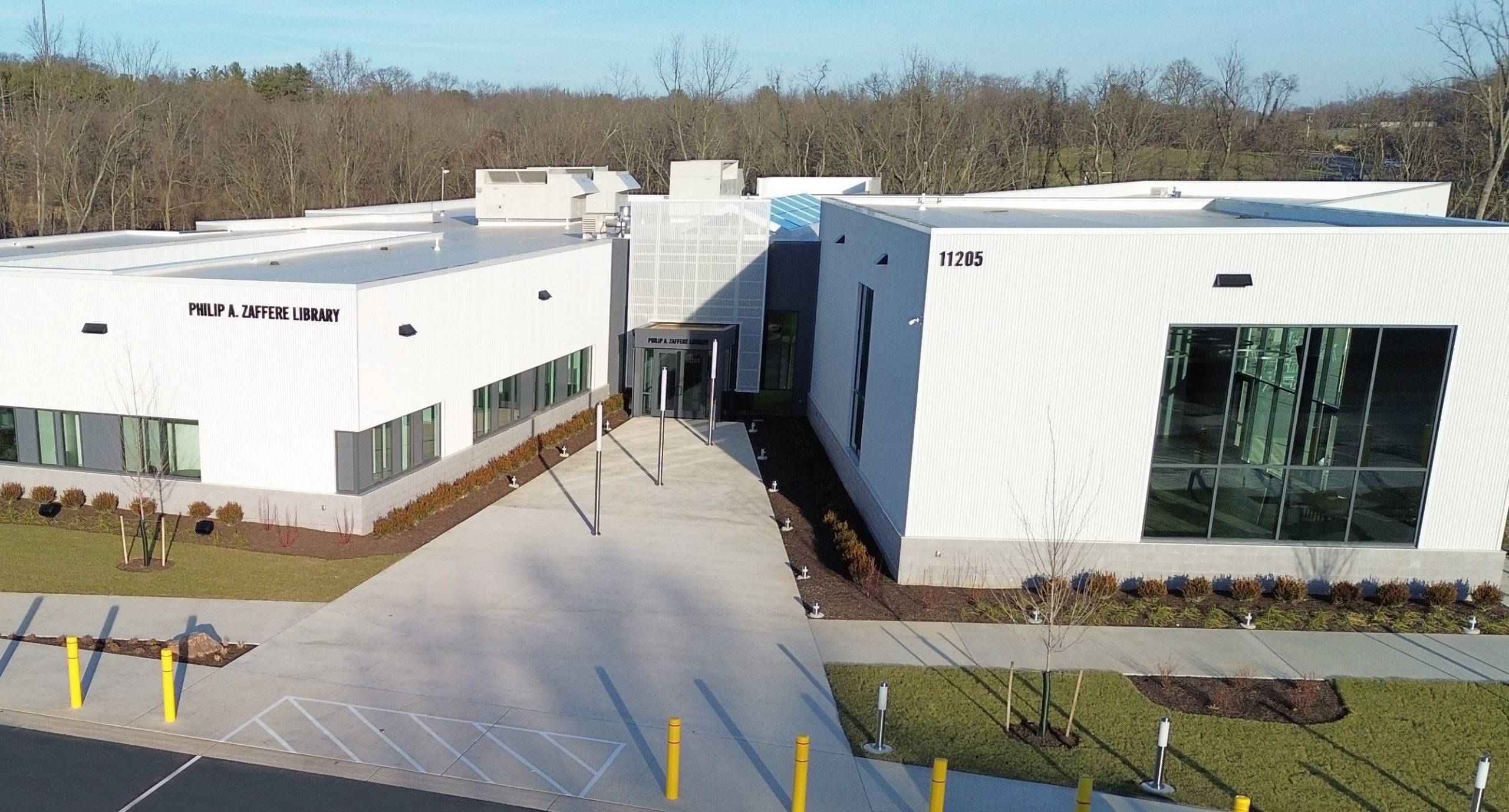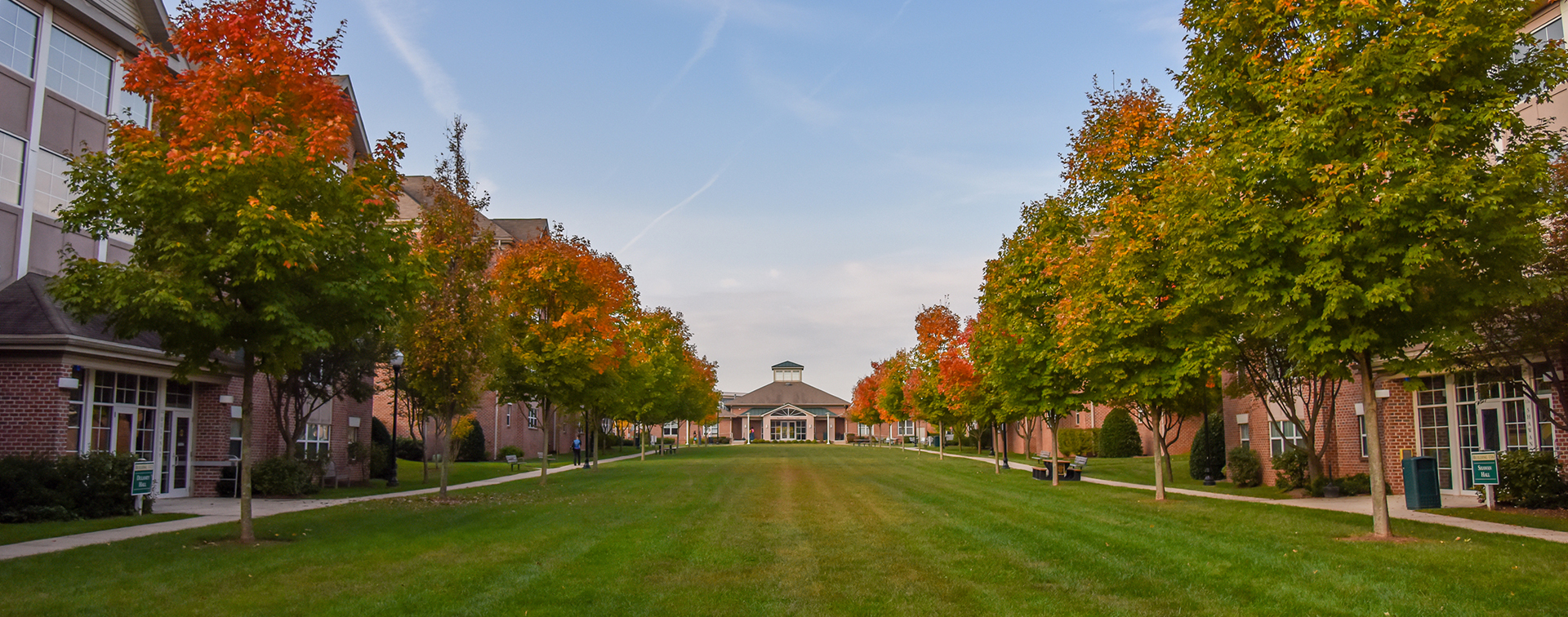Sabbatical Leave General Guidelines
Purpose
The purpose of granting sabbatical leave is to enhance the faculty member’s effectiveness to the University community. The purpose of sabbatical leave shall be the pursuit of study, research, professional writing, curriculum development, approved travel or other activity approved by the Executive Vice President for Academic Affairs. Paid sabbaticals cannot be granted for work toward a terminal degree, such as dissertation writing.
Eligibility for Sabbatical Leave
A faculty member who has served seven consecutive years of full-time service at the University may be considered for sabbatical leave. Approved university leaves-of-absence do not constitute a break in service nor are they credited towards the seven full consecutive years. The term of sabbatical leave will not be credited towards the seven full consecutive years required for a subsequent sabbatical. The academic year immediately following the sabbatical leave will count as the first year to be credited towards subsequent sabbatical leave. Sabbatical and Educational Leave time may not be credited for time served to determine eligibility toward promotion. No candidate may apply for promotion and sabbatical/educational leave in the same year, nor may a faculty member apply for promotion while on sabbatical/educational leave.
Sabbatical leave shall not be regarded as a right to which the employee is entitled. The number of sabbatical leaves granted in a given year is subject to the availability of sufficient funds.
Criteria for Granting Sabbatical Leave
The criteria to be taken into account for granting sabbatical leave include:
1. The nature of the leave project and its significance to the
a. developmental and instructional programs of the University and/or
b. continued professional development of the candidate
2. The employee’s years in service and/or prior sabbatical leave, the project’s effectiveness and benefit to the University and employee, personal circumstances and commitment to the university; the practical needs of the applicant’s department and of the university.
Faculty and professional members who have not received sabbatical leave do not have automatic priority over those who already have taken one. In instances where two or more candidates meet all criteria equally and at least one request must be denied because of insufficient funds, the decision will be left to the discretion of the Executive Vice President for Academic Affairs.
Procedure for Requesting Sabbatical Leave
Faculty members applying for sabbatical leave should submit a letter of application to their immediate supervisor one week prior to the start of classes of the spring semester of the fiscal year prior to the fiscal year the sabbatical would be effective. Two weeks after submission of the application to the immediate supervisor, the immediate supervisor will forward the application to the appropriate School Dean with a written recommendation. The School Dean will review the application, the immediate supervisor’s recommendation and add a recommendation from the dean. The School Dean will forward the application and the recommendations to the Executive Vice President for Academic Affairs’ office three weeks after the School Dean has received the application from the immediate supervisor. The Executive Vice President for Academic Affairs will make the application and the recommendations available to the Promotions Review Board. This written application must clearly and fully explain the specific objective of the leave and request an appropriate level of institutional support (see below). The recommendation of the immediate supervisor should address both the feasibility of the proposal and the benefits that will ultimately accrue to the department.
The recommendation of the School Dean must explain the departmental impact of the leave and the manner and cost of covering for the classes that will be left vacant if the leave is approved.
The application must include the following:
- State the specific dates for the period of leave.
- State the specific major objectives to be accomplished during the leave period.
- Outline the project steps or program of study for each semester on leave.
- State the anticipated result of the project or study.
- Add other information, which may be helpful in assessing the value of the leave.
Financial Arrangements for Sabbatical Leave
Salary payments to employees on sabbatical leave will be made on the following basis: full salary for one semester’s leave or 5/9 for a one-year leave.
The University continues to pay for all benefits to which the employee is eligible.
Any employment undertaken by the employee on sabbatical leave must be central to the leave project.
Employee Commitment and Expectations for Those Taking Sabbaticals
A faculty member may receive no outside remuneration during the period of sabbatical leave unless such remuneration is a central part of the project or with special permission from the Dean.
For the duration of the sabbatical, faculty will not be expected to perform any administrative duties that are normally part of their jobs. Arrangements should be made prior to the sabbatical to assign these duties to others during the time of the sabbatical.
Faculty members who accept paid sabbatical leave agree to return to full-time employment at SU for the year that follows the leave. Violation of this agreement for a minimum of one year of service makes the recipient of the leave responsible for all salary and financial benefits provided by SU during the period of the sabbatical leave. The Executive Vice President for Academic Affairs may grant exceptions.
NOTE: Faculty granted sabbaticals are expected to give a presentation to the campus community during the year following the sabbatical leave. This presentation should describe the project conducted during the sabbatical and methodology and/or results and also discuss how the sabbatical experience contributed to the faculty member’s intellectual or professional growth. If desired, the faculty member, as part of this presentation, may also address how the work conducted has informed/enhanced his/her approach(es) to teaching.
Educational Leave General Guidelines
Purpose
SU is committed to retaining and building an excellent faculty. One measurement of excellence is to have a very high percentage of faculty that hold the highest degree in their respective disciplines. A way of achieving this goal is to recruit faculty who hold “terminal” degrees. Another equally important procedure is to support current faculty members in their efforts to complete the degrees they are seeking. For this reason, SU offers a program of educational leave. Occasionally, a faculty member may also use educational leave to prepare for new teaching assignments.
Eligibility
To be eligible for an educational leave, a faculty member must complete a minimum of two years full-time teaching at SU. A faculty member may be granted more than one educational leave; however, only one leave can be accompanied by salary benefits. Approved university leaves-of- absence do not constitute a break in service nor are they credited towards the seven full consecutive years required for granting sabbaticals. Sabbatical and Educational Leave time may not be credited for time served to determine eligibility toward promotion. No
candidate may apply for promotion and sabbatical/educational leave in the same year, nor may a faculty member apply for promotion while on sabbatical/educational leave.
Criteria for Granting Educational Leave
Priority for educational leave will be given to applicants who seek support to complete a thesis or dissertation, fulfill a clinical experience, fulfill a residency requirement, or accomplish another objective to which full-time teaching is an obstacle. The number of educational leaves granted is subject to the availability of sufficient funds.
Procedure for Requesting Educational Leave
Faculty members applying for educational leave should submit a letter of application to their immediate supervisor one week prior to the start of classes of the spring semester of the fiscal year prior to the fiscal year the sabbatical would be effective. Two weeks after submission of the application to the immediate supervisor, the immediate supervisor will forward the application to the appropriate School Dean with a written recommendation. The School Dean will review the application and the immediate supervisor’s recommendation and add the dean’s recommendation. The School Dean will forward the application and the recommendations to the Executive Vice President for Academic Affair’s office three weeks after the School Dean has received the application from the immediate supervisor. The Executive Vice President for Academic Affairs will make the application and the recommendations available to the Promotions Review Board. This written application must clearly and fully explain the specific objective of the leave and request an appropriate level of institutional support (see below). The recommendation of the immediate supervisor should address both the feasibility of the proposal and the benefits that will ultimately accrue to the department. The recommendation of the School Dean must explain the departmental impact of the leave and the manner and cost of covering for the classes that will be left vacant if the leave is approved.
Institutional Support for Educational Leave
An eligible faculty member may apply for an educational leave of one semester with full compensation or one full year with 5/9 salary and full benefits. Alternative forms of support (e.g., reductions in teaching loads or other responsibilities) to assist in the completion of degrees may be arranged without the above procedures; however, these options are never automatic and must receive support from the immediate supervisor, School Deans, Executive Vice President for Academic Affairs, and the President. Faculty members must not have other employment while on educational leave without the written authorization of the Executive Vice President for Academic Affairs. Faculty members may not be promoted while on educational leave, and the leave period does not count toward the professional experience minimums required for promotion.
Faculty Obligation
For the duration of the educational leave, faculty will not be expected to perform any administrative duties that are normally part of their jobs. Arrangements should be made prior to the sabbatical to assign these duties to others during the time of the sabbatical.
Faculty members who accept paid educational leave agree to return to full-time employment at SU for two years following the leave. This requirement in no way alters any other contractual term such as the length of the contract, although the President of SU does have the discretion to waive or alter the length of service required of a faculty member following educational leave. The recipient’s violation of this agreement for a minimum of two years of service makes the recipient of the leave responsible for all salary and financial benefits provided by SU during the period of the educational leave. The recipient is responsible for repayment based on the formula that one-year return service equals one half of the salary and financial benefits provided by the university.
Approved Feb. 2024






